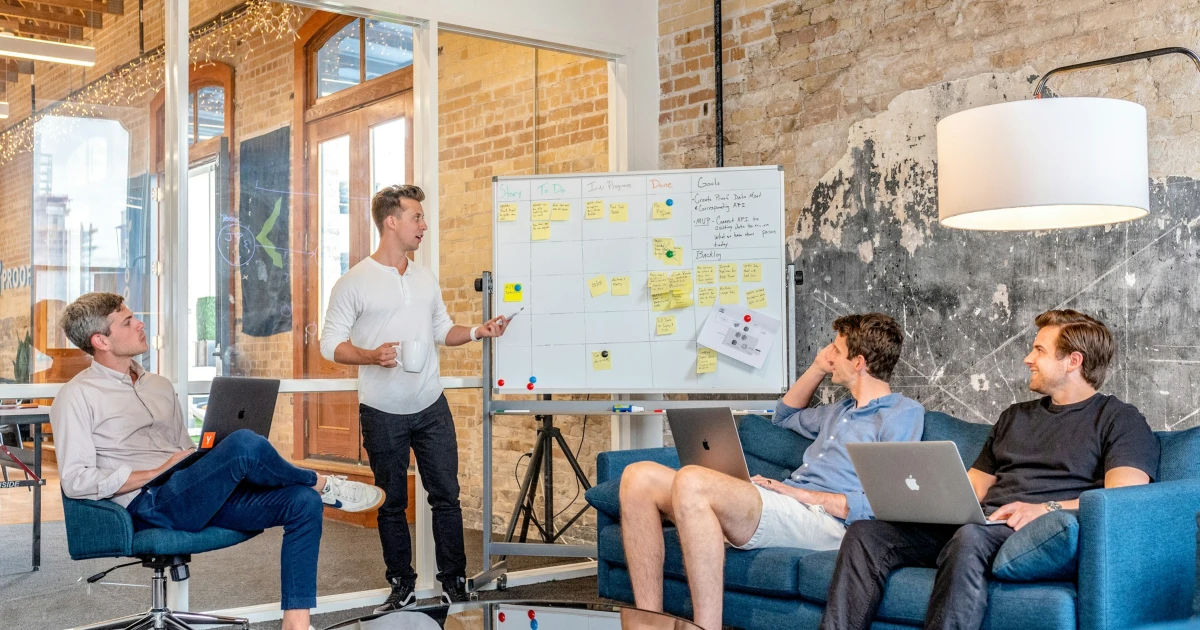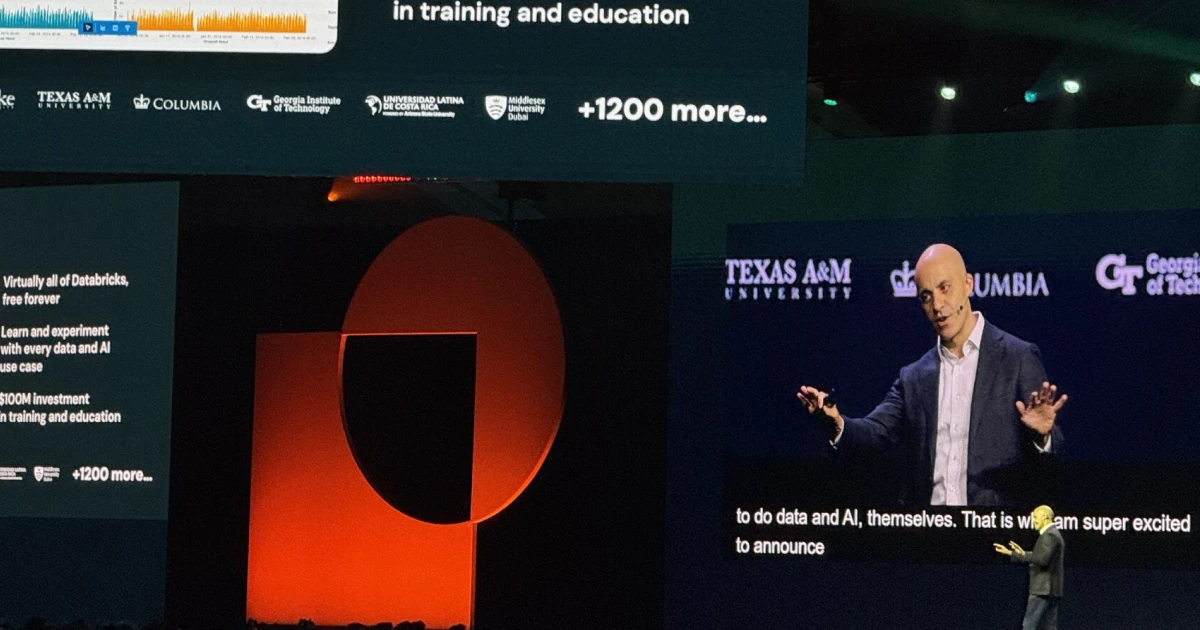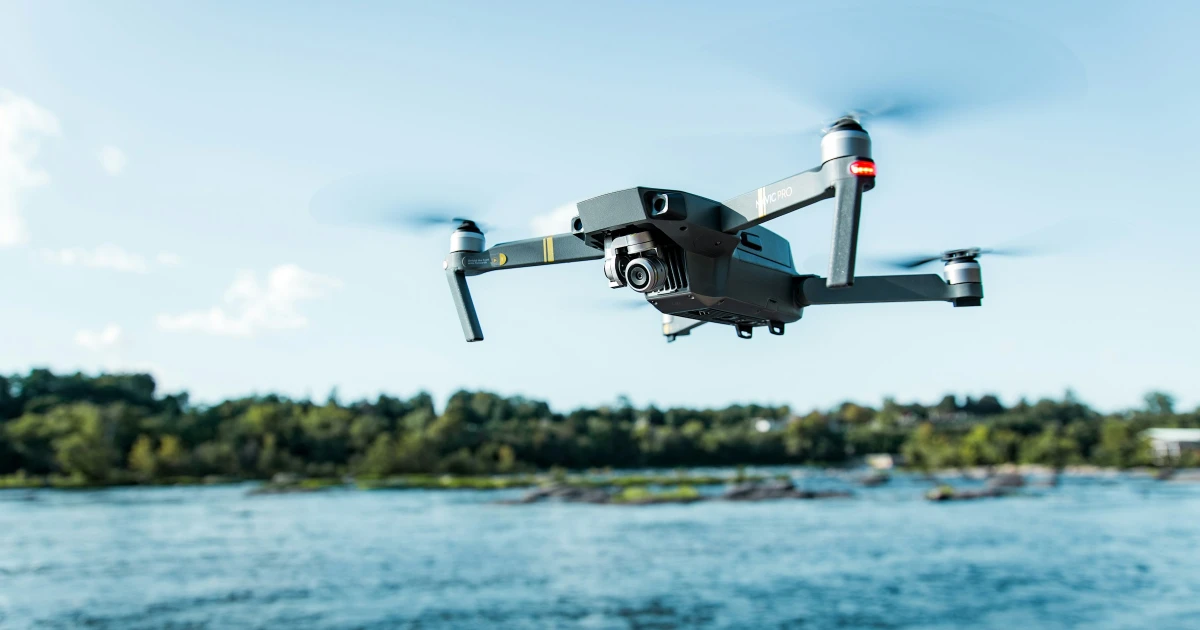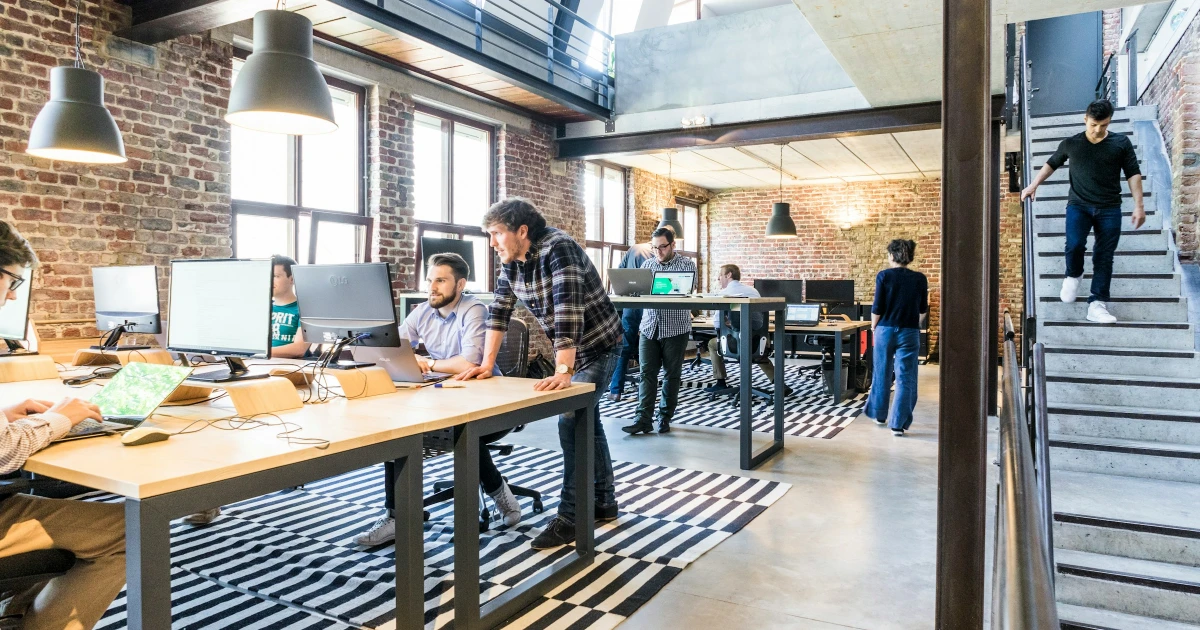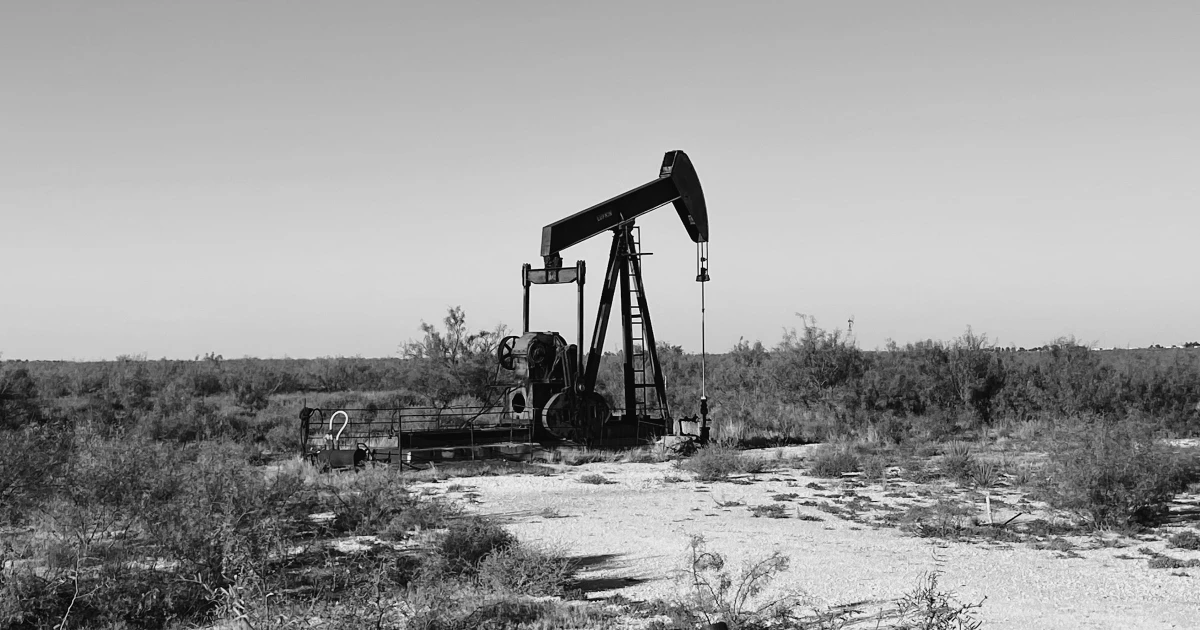In an era where consumers and stakeholders increasingly demand accountability from the world’s largest corporations, Corporate Social Responsibility (CSR) has evolved from a peripheral concern into a core business strategy. Amazon, one of the most influential and scrutinized companies globally, provides a compelling case study in how a tech and retail giant navigates the complexities of modern CSR.
From ambitious climate commitments and sustainable packaging innovations to controversies surrounding worker conditions and antitrust scrutiny, Amazon’s CSR journey is marked by both bold initiatives and ongoing challenges. The company’s approach reflects a broader trend among global enterprises to align business operations with social and environmental goals—yet it also raises critical questions about transparency, effectiveness, and the balance between profit and purpose.
This article takes a closer look at Amazon’s multifaceted CSR strategy, analyzing key programs like The Climate Pledge, Amazon Future Engineer, and its commitment to diversity and inclusion. We'll also explore critiques of its labor practices and its responses to these concerns. By examining both the achievements and criticisms of Amazon’s CSR efforts, we aim to understand what meaningful corporate responsibility looks like at scale—and what lessons other companies might draw from Amazon’s example.
When it comes to Amazon’s CSR strategy, the company focuses on several priority areas across theri business, looking forward to responding to emergent needs where they’re uniquely positioned to make a positive difference. The company’s work especially emphasizes historically underrepresented communities.
- Supporting economic impact in communities
One of the ways in which the company is supporting economic impact among those communities is through serving and innovating their customers and investing heavily in the communities where they operate.
This also stands for the creation of jobs, as 47% of the people Amazon has hired in 2023 were unemployed before working for Amazon. Even more so, the company has also stated that two out of every five US jobs that they have created over the past five years have been in towns with fewer than 50,000 residents.
The company also talks about investing in the US economy since 2010, bringing more than $880 billion to the national gross domestic product. In 2023 alone, Amazon has also invested $244 billion in the U.S.
- Creating & preserving affordable housing
When it comes to affordable housing, Amazon sees the matter as a serious one, working towards offering affordable housing to as many communities in the US as possible. This matter has become more and more relevant due to the housing shortage, and low-income and minority families are disproportionately affected.
It is also important to note that Amazon is working with organizations in order to make housing available for low- and moderate-income households, where it is mostly needed. This also includes near public transit and in historically diverse, underserved communities.
- Addressing food insecurity as well as basic needs
How the company's CSR towards food insecurity is working is by bringing healthy, affordable food to our communities through their service providers, donations, funding, and partnerships with organizations helping individuals as well as their families faced with food insecurity.
Even more so, the partnership with a local food bank can also help scale food redistribution efforts in order to contribute to food security in local communities. Amazon also has its Whole Foods programs, where the foundations further fulfill the company’s higher purpose of taking care of the people and the environment.
The Whole Foods program also runs a Local Producer Loan Program that supports small, local, and independent food producers across the US and Canada, helping them with expansion loans.
- The company is also looking further into health equity
AWS is the one that reported to provide up to $60 million in cloud computing credits in order for organizations to use cloud computing technology to address health disparities that impact underrepresented communities around the world.
- Bringing power to everyone through education and skills training
Education is among of the necessary needs every human needs to have. And, as a response, the company invests in programs and tools that can help children, students, and adults develop valuable skills.
Amazon's CSR strategy helped 29 million people around the world grow their technical skills with free cloud computing skills training by 2025. Even more, they surpassed this goal, with more than a year ahead of the goal.
- The company’s CSR also stands for supporting disaster relief & response efforts
They have mobilized the company with full breadth from our infrastructure, cloud technology, as well as a global logistics network that can help communities that were affected by natural disasters.
Global disaster relief centres were also created in fulfillment centres in the US, Europe, Japan, and Australia to store ready-to-ship essential items that were also needed following natural disasters and other emergencies that could appear. In 2023, Amazon also donated more than 2 million items in response to 44 disaster-related events that happened across the globe.
- Looking for nature in every community
Nature-based solutions that can mitigate carbon emissions outside our value chain and come with solutions for a more sustainable environment. It is also crucial for this CSR process to invest in the protection of the natural world, wildlife, as well as promoting biodiversity.








